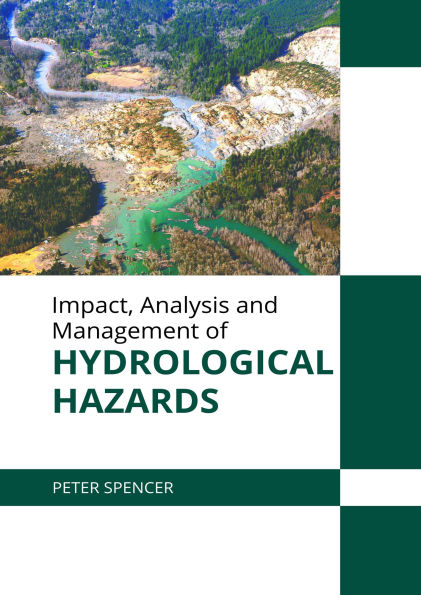Impact, Analysis and Management of Hydrological Hazards
Hydrological hazards comprise natural events involving water that pose significant risks to life, property, and the environment. These include floods, tsunamis, and droughts, each triggered by distinct climatic or geological phenomena. Floods, caused by excessive rainfall, river overflow, or storm surges, can inundate large areas, disrupting communities, damaging infrastructure, and causing loss of life. Tsunamis, often generated by undersea earthquakes, volcanic eruptions, or landslides, lead to massive ocean waves that inundate coastal regions, causing widespread devastation. Droughts, resulting from prolonged periods of insufficient rainfall, can lead to water shortages, agricultural failures, and severe socio-economic impacts. Analyzing these hazards involves understanding their frequency, intensity, and patterns through hydrological modeling and historical data analysis. Advanced technologies like remote sensing, geographic information systems (GIS), and predictive modeling play crucial roles in identifying vulnerable areas and forecasting events. Effective management strategies are essential to mitigate the impacts. Structural measures include building dams, levees, and drainage systems, while non-structural measures encompass early warning systems, land-use planning, and public awareness campaigns. Integrated water resource management (IWRM) promotes sustainable practices by balancing social, economic, and environmental needs. This book provides comprehensive insights into the field of impact, analysis and management of hydrological hazards. It unfolds the innovative aspects of this field which will be crucial for its progress in the future. For all those who are interested in hydrological hazards, this book can prove to be an essential guide.
1147806850
Impact, Analysis and Management of Hydrological Hazards
Hydrological hazards comprise natural events involving water that pose significant risks to life, property, and the environment. These include floods, tsunamis, and droughts, each triggered by distinct climatic or geological phenomena. Floods, caused by excessive rainfall, river overflow, or storm surges, can inundate large areas, disrupting communities, damaging infrastructure, and causing loss of life. Tsunamis, often generated by undersea earthquakes, volcanic eruptions, or landslides, lead to massive ocean waves that inundate coastal regions, causing widespread devastation. Droughts, resulting from prolonged periods of insufficient rainfall, can lead to water shortages, agricultural failures, and severe socio-economic impacts. Analyzing these hazards involves understanding their frequency, intensity, and patterns through hydrological modeling and historical data analysis. Advanced technologies like remote sensing, geographic information systems (GIS), and predictive modeling play crucial roles in identifying vulnerable areas and forecasting events. Effective management strategies are essential to mitigate the impacts. Structural measures include building dams, levees, and drainage systems, while non-structural measures encompass early warning systems, land-use planning, and public awareness campaigns. Integrated water resource management (IWRM) promotes sustainable practices by balancing social, economic, and environmental needs. This book provides comprehensive insights into the field of impact, analysis and management of hydrological hazards. It unfolds the innovative aspects of this field which will be crucial for its progress in the future. For all those who are interested in hydrological hazards, this book can prove to be an essential guide.
154.0
Pre Order
5
1

Impact, Analysis and Management of Hydrological Hazards
246
Impact, Analysis and Management of Hydrological Hazards
246Hardcover
$154.00
154.0
Pre Order

Product Details
| ISBN-13: | 9781639899166 |
|---|---|
| Publisher: | States Academic Press |
| Publication date: | 08/25/2025 |
| Pages: | 246 |
| Product dimensions: | 6.00(w) x 9.00(h) x 0.00(d) |
From the B&N Reads Blog
